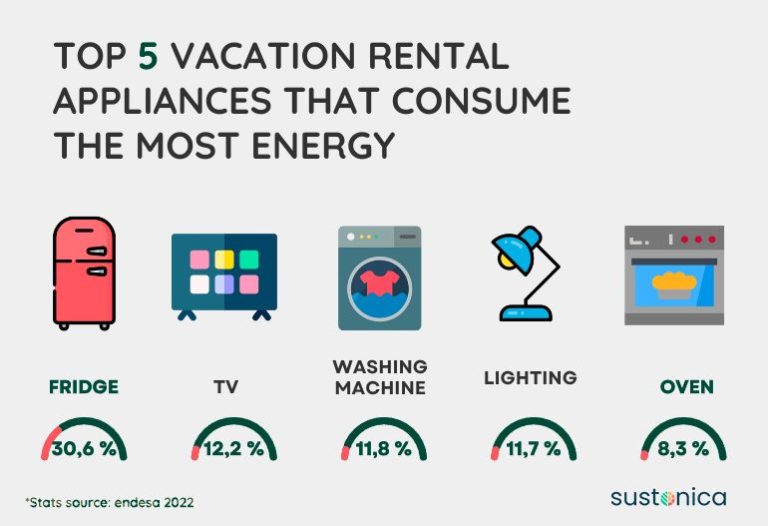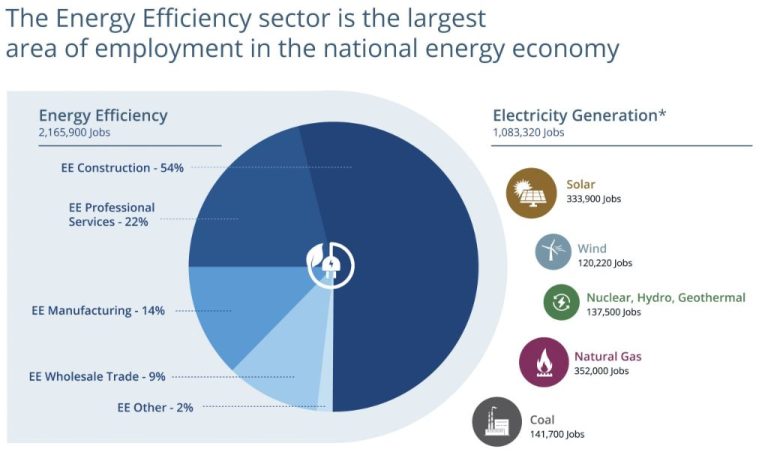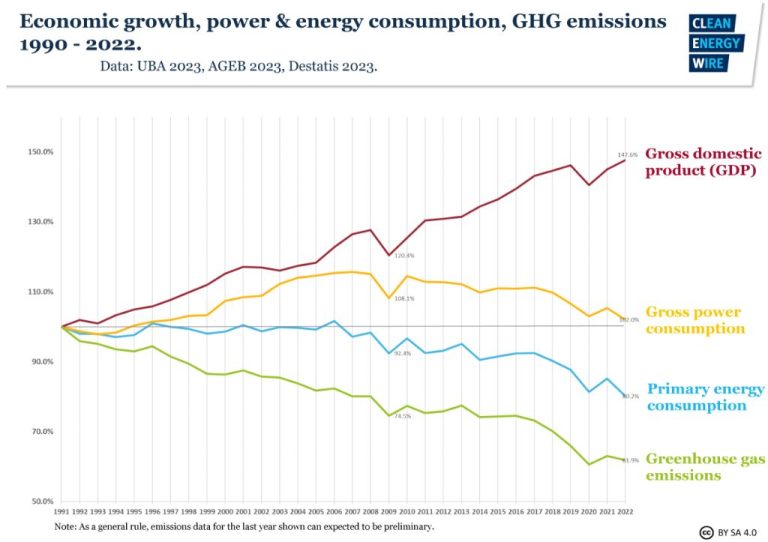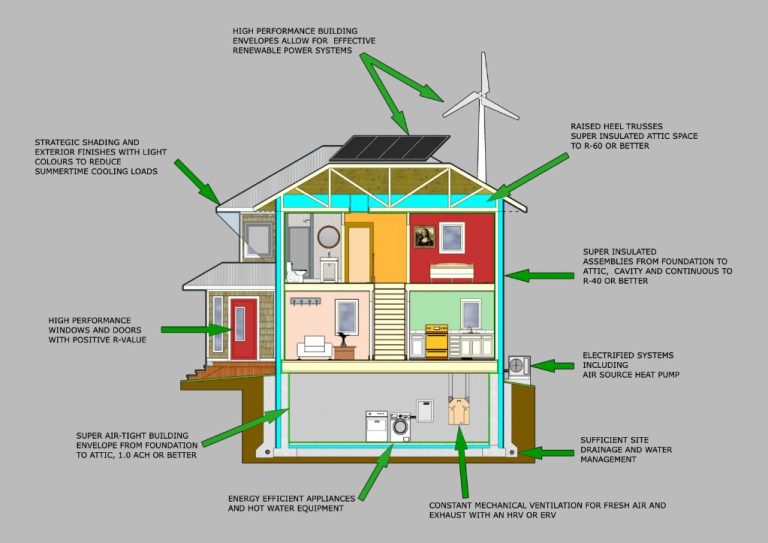What Is The Simple Definition Of Mechanical Energy In Science?
What is Mechanical Energy?
Mechanical energy is a basic form of energy in physics that is the sum of a system’s kinetic energy and potential energy. It is a fundamental concept that is used to understand how energy flows and transforms within mechanical systems. Mechanical energy plays a vital role across many scientific fields including physics, engineering, chemistry, biology, and more. Gaining a solid grasp of mechanical energy is key for analyzing and designing real-world systems and technologies.
In physics, energy is defined as the ability to do work. Mechanical energy is energy possessed by an object due to its motion or position. It exists in two main forms: kinetic energy, which is the energy of motion, and potential energy, which is stored energy due to an object’s position or configuration. The total mechanical energy of a system is the sum of all kinetic and potential energy within it. This important conservation law allows the analysis of energy transfers during collisions, oscillations, rotations, and other mechanical processes. Understanding mechanical energy is thus essential for describing and predicting the behavior of both simple and complex mechanical systems.
Kinetic Energy
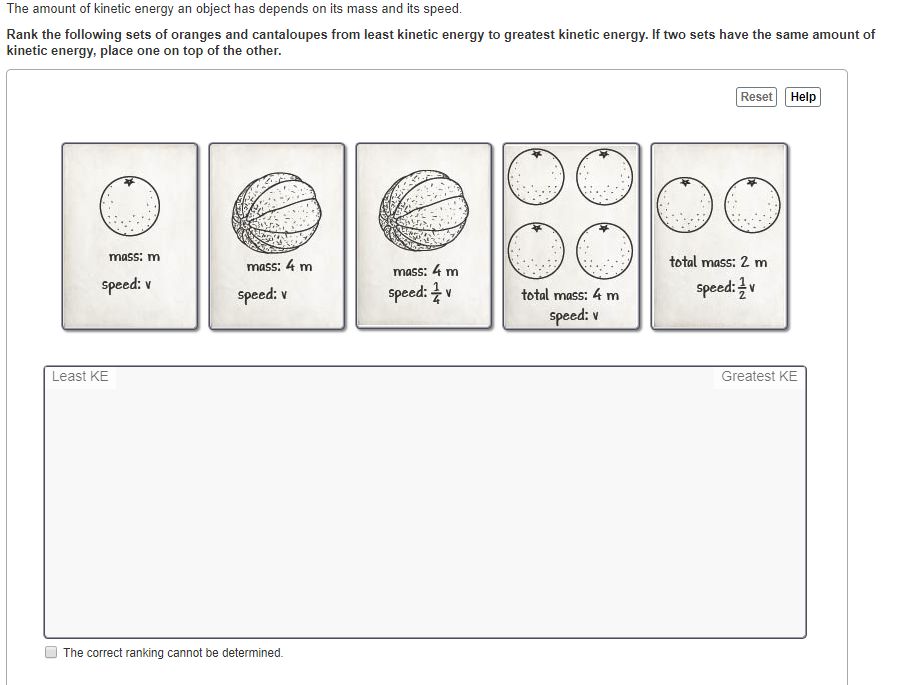
Kinetic energy is the form of mechanical energy associated with motion and speed of an object. It refers to the energy an object possesses due to its motion in relation to a frame of reference.
The kinetic energy (KE) of an object depends on two variables:
- The mass (m) of the object
- The speed (v) of the object
Kinetic energy increases as the object’s speed increases. For example, a car moving at 10 mph has less kinetic energy than when it is moving at 60 mph. This shows kinetic energy is directly proportional to the object’s mass and the square of its velocity.
The kinetic energy formula is defined as:
KE = 1/2 x m x v2
Where m is the mass and v is the velocity. Kinetic energy is measured in joules in the SI system.
Potential Energy
Potential energy is stored energy that an object has due to its position or state. There are several types of potential energy:
- Gravitational potential energy – This is energy stored in an object due to its height above the ground in a gravitational field. For example, a book held above the ground has gravitational potential energy. As the book falls, this potential energy is converted to kinetic energy.
- Elastic potential energy – When a spring or other elastic material is compressed or stretched, it stores elastic potential energy. This energy can be converted to kinetic energy when released.
- Chemical potential energy – The energy stored in the bonds between atoms and molecules is chemical potential energy. This energy can be released in chemical reactions.
- Nuclear potential energy – The energy stored in the nucleus of an atom due to the strong nuclear force holding protons and neutrons together is nuclear potential energy.
The formula for gravitational potential energy is mgh, where m is mass, g is gravitational acceleration, and h is height above the ground. In general, potential energy depends on the object’s position in a force field or its chemical composition.
Forms of Mechanical Energy
There are 3 main forms of mechanical energy:
- Kinetic Energy – the energy possessed by an object due to its motion. The kinetic energy of an object depends on its mass and velocity.
- Potential Energy – the energy stored in an object due to its position or configuration. Common types are gravitational potential energy and elastic potential energy.
- Elastic Energy – the potential energy stored in elastic materials or objects due to deformation. It is the energy that gives springs and other elastic objects the ability to return to their original shape after being compressed or stretched.
These forms can be converted between each other but the total mechanical energy remains constant.
Conservation of Mechanical Energy
Mechanical energy obeys the law of conservation of energy. This means that the total mechanical energy in a closed system remains constant. Mechanical energy can transform between kinetic energy and potential energy, but the total amount of mechanical energy is conserved.
For example, when a ball falls off a table, its potential energy is transformed into kinetic energy as it accelerates due to gravity. When the ball hits the floor and bounces back up, its kinetic energy transforms back into potential energy. The total mechanical energy before and after the bounce is the same.
Mechanical energy may be transferred into or out of a system in the form of work or heat. But within the closed system, the total amount of mechanical energy will remain fixed according to the conservation law.
This principle of conservation makes mechanical energy distinct from non-conserved forms like thermal energy. We can calculate the available mechanical energy in a system by accounting for all forms of potential and kinetic energy.
Mechanical Energy Examples
There are several common examples of mechanical energy in action:
Springs – The potential energy stored in a compressed or stretched spring is mechanical energy. When the spring is released, the stored energy is converted into kinetic energy as the spring returns to its relaxed state.
Pendulums – A swinging pendulum is an example of mechanical energy being converted back and forth between potential energy at the top of the swing, and kinetic energy at the bottom. The higher a pendulum swings, the more potential energy it builds up.
Roller coasters – The kinetic energy of a roller coaster as it moves down a slope is converted to gravitational potential energy as it climbs the next slope. This conversion back and forth creates the thrills of the ride.
Wrecking balls – When lifted to a certain height, a wrecking ball stores gravitational potential energy. As the ball swings down, this potential energy converts into fast kinetic energy that can demolish buildings.
Bouncing balls – The kinetic energy of a ball as it hits the ground causes it to compress and store elastic potential energy. This energy is then released as the ball bounces back up, gaining kinetic energy once again.
Mechanical Energy Equations
Mechanical energy can be calculated using equations for kinetic energy and potential energy.
Kinetic Energy
Kinetic energy is energy associated with motion. The kinetic energy of an object can be calculated using the following equation:
Ek = 1/2 mv2
Where:
- Ek = kinetic energy (in Joules)
- m = mass of the object (in kilograms)
- v = velocity of the object (in meters/second)
Potential Energy
Potential energy is stored energy associated with an object’s position or configuration. The potential energy can be calculated using the following equation:
Ep = mgh
Where:
- Ep = potential energy (in Joules)
- m = mass of the object (in kilograms)
- g = acceleration due to gravity (9.8 m/s2)
- h = height of the object (in meters)
Relation to Work
Mechanical energy is closely related to the concept of work in physics. Work refers to the process of transferring energy by applying a force to an object that undergoes displacement.
The work done on an object is equal to the force applied times the distance the object moves. This work changes the mechanical energy of the system by either increasing or decreasing the kinetic or potential energy.
For example, when you lift a box from the ground, you do work on the box by applying an upward force over a vertical distance. This work increases the gravitational potential energy of the box.
Conversely, when the box falls back to the ground, the gravitational potential energy is converted into kinetic energy. The mechanical energy remains constant, while the form of mechanical energy changes from potential to kinetic.
In summary, any change in mechanical energy is directly associated with an equal amount of work. This relationship allows mechanical energy and work to be interchanged and considered equivalent.
Applications
Mechanical energy has many important applications in physics, engineering, and machinery:
In physics, the principles of mechanical energy help describe the behavior of objects in motion. Mechanical energy is used to analyze the forces and motions involved in everything from a rolling ball to a rocket launch. Concepts like kinetic and potential energy are fundamental to modern physics.
Engineers apply mechanical energy concepts constantly in their work. Engineers use kinetic and potential energy equations to predict the performance of mechanisms and machines. Understanding mechanical energy conservation enables engineers to improve designs and troubleshoot problems.
All types of machinery, from motors to robots, rely on the proper application of mechanical energy. The automated systems, actuators, and movements in machinery are dependent on managing kinetic and potential energy. Mechanical energy principles guide how machines transform energy to perform useful work.
Conclusion
In conclusion, mechanical energy is a fundamental concept in physics that refers to the energy associated with the motion and position of objects. It is the sum of kinetic energy, which is the energy of motion, and potential energy, which is the stored energy based on an object’s position. Mechanical energy is a conserved quantity, meaning it cannot be created or destroyed, only transformed between kinetic and potential energy. Understanding mechanical energy is key for analyzing mechanical systems across many fields including engineering, construction, sports science, and more. The ability to calculate mechanical energy using equations for kinetic and potential energy provides insights into system dynamics and performance. Overall, mechanical energy is a crucial element of physics with diverse real-world applications.

